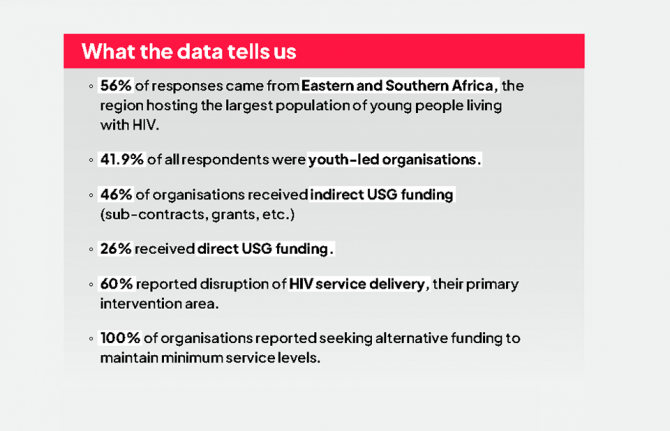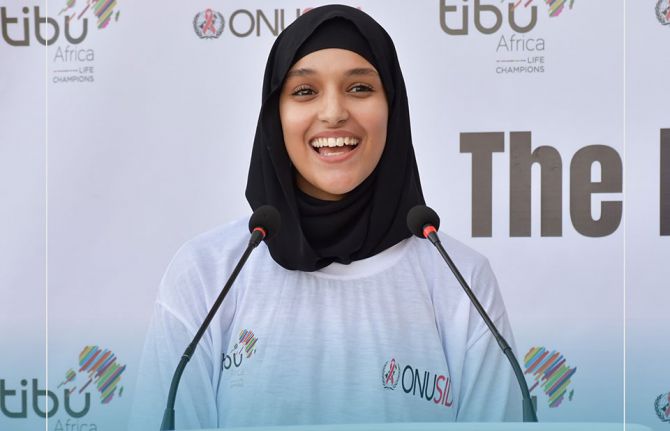
Feature Story
Youth organizations form a pact for social transformation in the AIDS response
23 May 2013
23 May 2013 23 May 2013
Participants at the Youth and UNAIDS event held in Hammamet, Tunisia from the 20-22 of May. Credit: UNAIDS
AIDS activism has radically changed since the beginning of the epidemic. New modes of communication are amplifying people’s voices, creating cross-national webs of solidarity opening up new opportunities for progressive social change.
Young activists in countries around the world are increasingly demanding HIV services to be tailored to their needs and claiming their seat at the decision-making table.
While the HIV prevalence has fallen by nearly 27% among young people aged 15-24 globally between 2001 and 2011, young people still account for 40% of all new HIV infections among adults. In 2011, there were some 4.6 million young people living with HIV.
Against this backdrop, UNAIDS brought together 12 global and regional youth organizations working on HIV, sexual and reproductive health and rights, and lesbian, gay and transgender rights with the 16 community, country and regional youth activists that constitute the recently established UNAIDS Youth Advisory Forum. The aim was to strategize on a clear direction to move the AIDS response forward for young people.
“Many small organizations lack the time, resources, and strategic space to reflect on their work and forge new alliances,” said Pablo Aguilera, director of the HIV Young Leaders Fund and member of the UNAIDS Youth Advisory Forum. “We called for this meeting to ensure the movement is responsive to the needs of young people most affected by HIV.”
To deliver results for young people on the ground, a decentralized, connected global youth movement—that thinks globally but acts locally is needed to initiate a new wave of activism in the AIDS response.
The meeting, called the Youth and UNAIDS: A pact for social transformation took place in Hammamet, Tunisia from the 20-22 of May. The main outcome of the consultation was a pact outlining five key themes that cut across individual organizational agendas where youth organizations can make tangible impact towards the goals set in the 2011 United Nations General Assembly Political Declaration on HIV and AIDS.
The five themes include: Integrating HIV services into sexual and reproductive health services, with a focus on government accountability and sexuality education; enabling legal environments and removing punitive laws that impede access to services for young key populations at higher risk; scaling up treatment and disaggregating data for evidence informed advocacy; using resources effectively; and ensuring that HIV remains a priority in the Post-2015 development framework through strategic lobbying of national delegations.
“This new commitment to collaborate around specific priorities is a radical departure from business as usual in the youth AIDS response. Through strengthening collective action that goes beyond organizational agendas, we hope the movement can achieve concrete change for young people affected by HIV,” said Caitlin Chandler, community representative who co-facilitated the meeting together with Beth Goodey from the youth-led development agency Restless Development.
Supporting increased collaboration and strategic direction of the youth movement in the AIDS response is a key priority for the new UNAIDS youth programme, which aims to increase youth leadership, ownership, and mobilization in the AIDS response at the country, regional, and global level by 2015 and beyond.
“We want to work closer with organizations of young people living with HIV and young key populations at higher risk to create broad alliances,” said Mariangela Simao, UNAIDS Director of Gender, Human Rights and Community Mobilization Department. “It’s an effective strategy to ensure national ownership for progressive social change—because the demand for change will come from within,” she added.
Related
 “Who will protect our young people?”
“Who will protect our young people?”

02 June 2025


